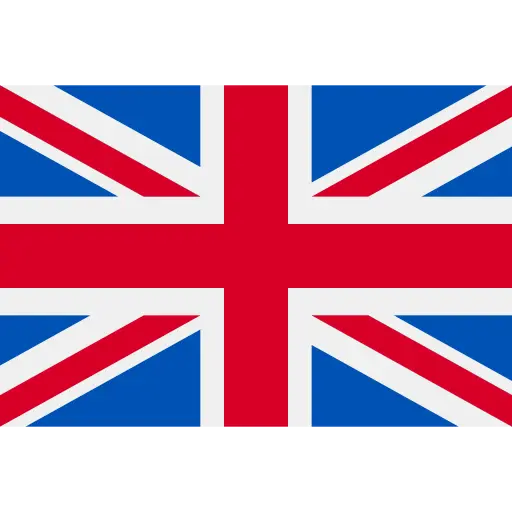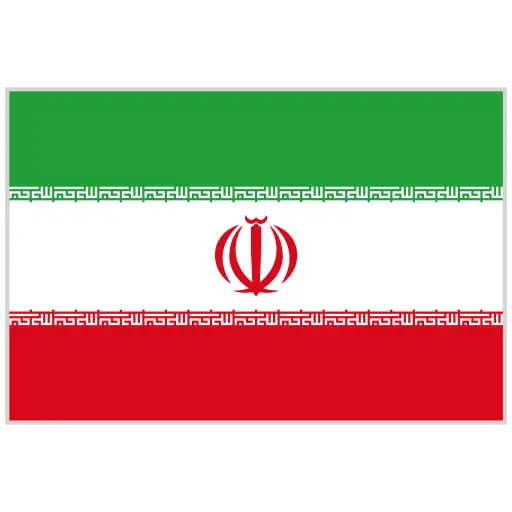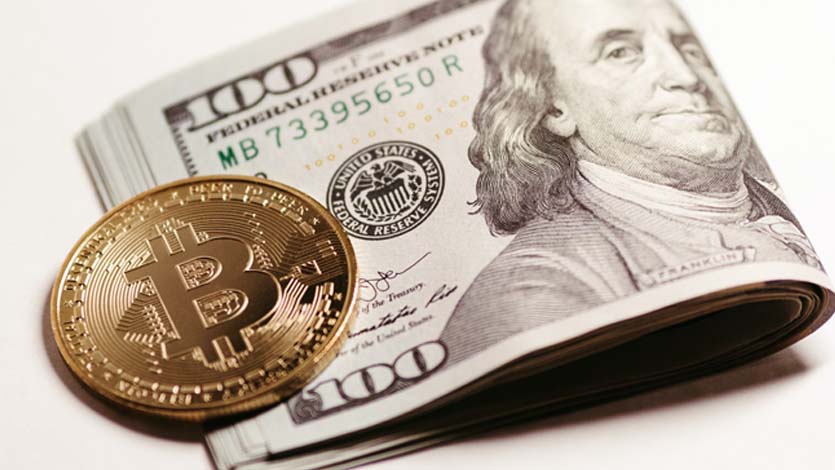What’s the Price?
A price is the (usually not negative) quantity of payment or compensation expected, required, or given by one party to another in return for goods or …
price
A price is the amount of payment or compensation given by a party in exchange for goods or services expected, required or given. In some cases, the production price has another name. If the product is a “commodity” on the exchange, the payment for the product is probably called the “price”. But if the product is a “service”, this product name will have other possible names. For example, the diagram below shows some situations where the price of a commodity is affected by the cost of production, the supply of the commodity in question, and the demand for the commodity. The price can be set by the monopolist or imposed on the firm according to market conditions.
Price can be quoted in currency, quantities of goods or vouchers.
- In modern economies, prices are generally expressed in units of some form of currency. (More specifically, for raw materials they are expressed as currency per unit weight, e.g. euros per kilogram or Rands per KG.)
- Although prices could be quoted as quantities of other goods or services, this sort of barter exchange is rarely seen. Prices are sometimes quoted in terms of vouchers such as trading stamps and air miles.
- In some circumstances, cigarettes have been used as currency, for example in prisons, in times of hyperinflation, and in some places during World War II. In a black market economy, barter is also relatively common.
In many financial transactions, it is customary for prices to be determined in other ways. The most obvious example is loan pricing, where the cost is expressed as a percentage of the interest rate. The total amount of interest payable depends on the credit risk, the loan amount and the maturity of the loan. Other examples can be found in the pricing of financial derivatives and other financial assets. For example, in different countries, the price of government bonds is determined by the inflation index, by dividing the real price by a factor representing inflation from the moment the bonds are issued.
“Price” sometimes refers to the payment amount requested by the seller of the good or service, not the final payment amount. In the business world, this asking amount is often called the bid price or asking price, while the actual payment may be called the deal price or deal price.
Economic price
Economic price theory suggests that in a free market economy, market prices reflect the interaction between supply and demand: prices are set to equalize supply and quantity demanded. These values are determined according to the marginal profit that the asset offers to different buyers and different sellers. Supply and demand, and thus prices, can be influenced by other factors such as government subsidies or hidden manipulations in the industry.
It is generally believed that the law of one price applies when the same raw material or economic good is sold in more than one place. This basically states that the cost difference between locations cannot exceed the cost difference, which reflects shipping, taxes, other distribution costs, and more.
Options pricing is established by supply and demand in a specific market. Well, okay, as it is with the broad market, other factors unrelated to supply and demand affect options pricing as well. Volatility is a big one, but hold that thought for a moment. As it is with stocks in general, economic conditions around the world and investment sentiment also affect options pricing.
The thing about options trading though, much like swing trading, is one needs to have some handle, a tool if you will, on what will happen in the near future. In both cases (swing trading and options trading), one important tool is volatility, both implied and historical.



